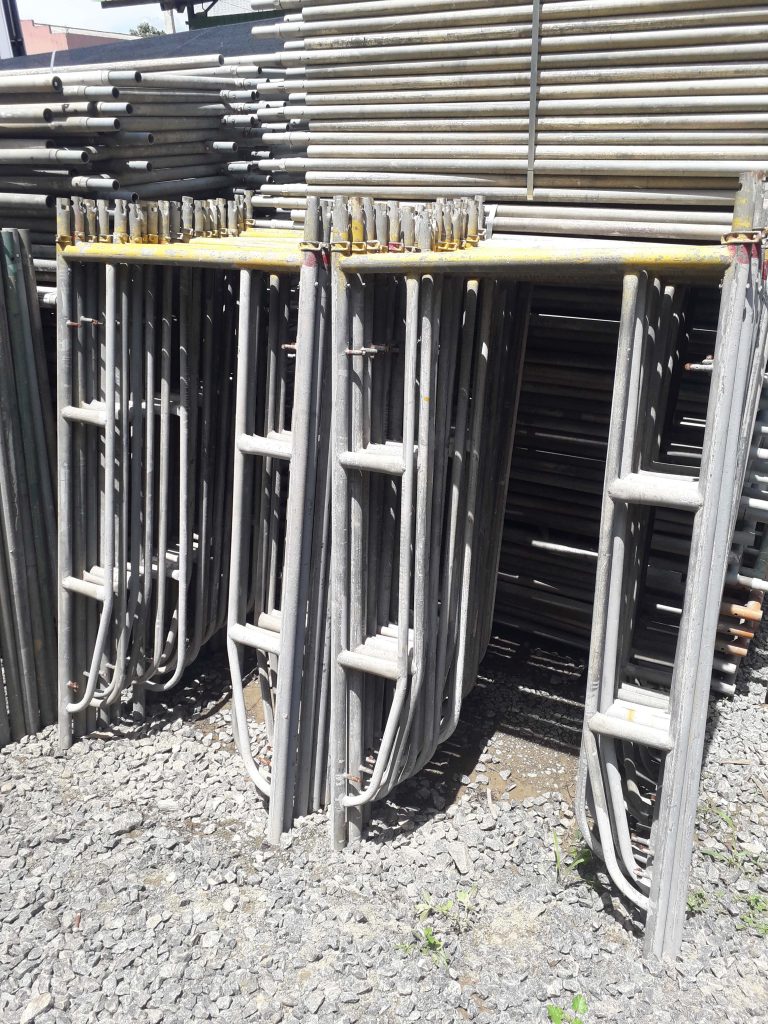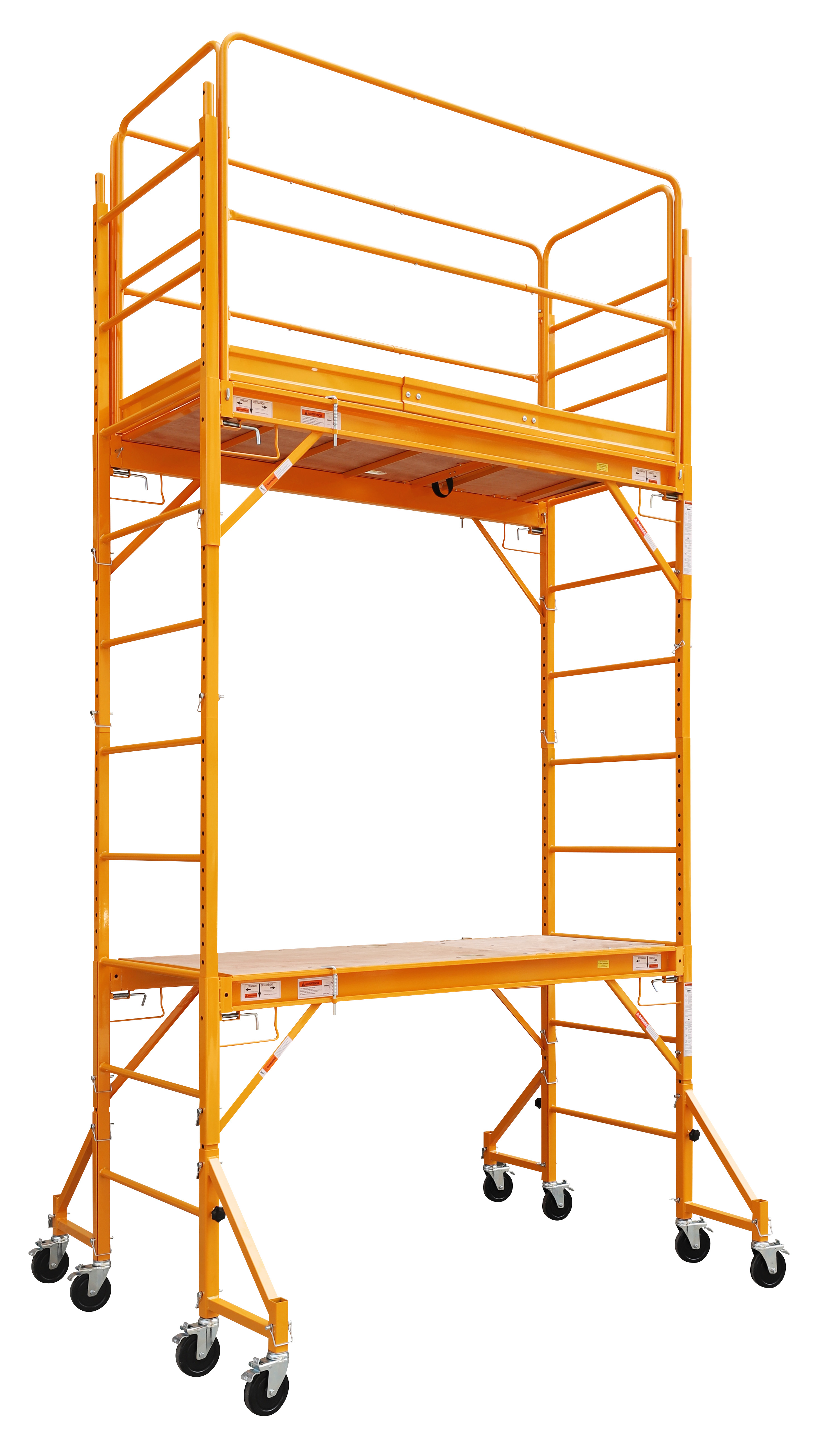Eco-Friendly Scaffolding Solutions: Structure Sustainably
Eco-friendly scaffolding options are important for lasting building, lowering ecological effect. By welcoming environment-friendly technology and cutting-edge products, these options drive eco-conscious methods onward. The benefits include cost savings, reduced carbon footprints, and aligning with international sustainability goals. With improvements like bamboo and reused steel, the building and construction industry advances in the direction of a greener future. Implementing energy-efficient layouts and renewable resources additionally improve sustainability. Discover just how eco scaffolding not only benefits the atmosphere however additionally improves long-lasting cost performance and sector techniques.
Value of Eco-Friendly Scaffolding
The significance of eco-friendly scaffolding in building tasks can not be overemphasized. Lasting scaffolding practices play an essential function in reducing waste and lessening the carbon impact related to construction activities. By opting for green scaffolding solutions, construction companies can proactively contribute to environmental preservation and sustainability efforts.
Conventional scaffolding techniques typically result in considerable product waste, resulting in ecological injury. Green scaffolding, on the various other hand, focuses on reducing waste through efficient planning, material choice, and use. This approach not only minimizes the negative effect on the setting however additionally advertises a more economical and sustainable building and construction process.
Moreover, eco-friendly scaffolding aids in lowering the carbon impact of building jobs. By utilizing sustainable products, carrying out energy-efficient practices, and reducing general waste generation, construction websites can significantly lower their ecological influence. Accepting lasting scaffolding solutions is not only a liable option however likewise a tactical one for firms intending to align with international sustainability goals.
Benefits of Lasting Scaffolding
Going with sustainable scaffolding techniques not only minimizes environmental harm but also produces a host of benefits for building tasks. One substantial benefit is cost savings. By utilizing sustainable scaffolding products and methods, building business can decrease expenditures associated with typical scaffolding systems. For example, products like bamboo and recycled steel are not just environmentally friendly however additionally economical choices to traditional scaffolding materials.
Furthermore, lasting scaffolding adds to decreasing the environmental effect of building and construction jobs. Standard scaffolding typically entails making use of non-biodegradable products and high energy intake throughout producing processes. On the other hand, sustainable scaffolding choices focus on green materials and energy-efficient production techniques, minimizing the total carbon impact of building tasks.
Material Technologies in Scaffolding
Exploring lasting scaffold materials and eco-friendly building and construction options can bring about considerable improvements in the scaffolding sector.
Cutting-edge materials use the possible to lower ecological impact while maintaining architectural integrity and security criteria.
Accepting these material developments is important for advertising sustainability in building techniques.
Sustainable Scaffold Materials

Cutting-edge developments in scaffold products have reinvented the building and construction market’s strategy to sustainability. Bamboo scaffolding, recognized for its toughness and environmentally friendly residential properties, has actually acquired appeal as a sustainable alternative to conventional materials. Bamboo is a fast-growing plant that is easily available and renewable, making it an eco conscious selection for scaffolding needs.
In addition, using recycled steel frameworks in scaffolding provides a service that minimizes the environmental impact of construction projects. By repurposing steel right into scaffolding elements, the building and construction market can reduce its carbon footprint and add to a more sustainable future.
These sustainable scaffold materials not only provide structural honesty but also straighten with the growing need for eco-friendly construction techniques.
Eco-Friendly Building And Construction Options
Structure upon the foundation of sustainable scaffold products, the expedition of environment-friendly construction choices in scaffolding remains to drive development towards ecologically mindful structure methods. Environment-friendly building efforts are progressively forming the construction industry, leading to the growth of scaffolding materials that line up with eco-friendly strategies.
Makers are now concentrating on creating scaffolding options that are not just strong and resilient but additionally sustainable and environment-friendly. Bamboo, reused steel, and aluminum are becoming preferred choices in environment-friendly scaffolding building, providing toughness and security while decreasing the ecological impact.
Energy-Efficient Scaffold Styles
Energy-efficient scaffold designs aim to reduce energy intake and reduce environmental influence throughout building tasks. By incorporating sustainable source of power and eco-friendly technology, these layouts contribute to sustainable building practices.
One example of energy-efficient scaffold style is the combination of photovoltaic panels right into the scaffold framework. These panels harness sunshine to create electricity, minimizing the reliance on standard power sources. Furthermore, energy-efficient LED lights systems can be installed on scaffolds to reduce energy usage during evening work, enhancing both safety and sustainability.
Additionally, using lightweight and resilient materials in scaffold construction not just minimizes energy needs for transportation and setting up but likewise minimizes ecological waste. Designing scaffolds with adjustable components that can be easily dismantled and reused on numerous tasks promotes a round economy strategy, lowering the general carbon footprint of building activities.
Lasting Practices in Scaffolding
Lasting practices in scaffolding incorporate vital facets such as product recycling and energy-efficient designs.
By focusing on the recycling of products and going with energy-efficient styles, scaffolding firms can substantially minimize their environmental impact.
These techniques not just benefit the atmosphere yet likewise contribute to the total sustainability of building projects.
Product Recycling
In the building and construction market, the practice of product recycling plays a crucial duty in promoting sustainability within scaffolding jobs. Reusing advantages both the setting and the economic situation by reducing waste sent to land fills, conserving natural deposits, and lowering greenhouse gas emissions associated with the manufacturing of new products.
Round economic situation techniques are significantly being executed, highlighting the relevance of keeping products being used for as long as feasible through reusing and reusing procedures. Scaffolding business are adopting these approaches by collecting and sorting materials post-project, ensuring that those products are either reused or repurposed for future projects.
Energy-Efficient Layouts
Carrying out innovative design strategies in scaffolding construction can result in substantial reductions in energy intake and environmental impact. By including energy-efficient styles right into scaffolding frameworks, the building industry can contribute to environment-friendly building practices and lasting development.
Making use of renewable resource resources such as solar panels and wind turbines can assist power lights systems and equipment on scaffolds, minimizing dependence on nonrenewable resources. In addition, carrying out passive style techniques like natural air flow and daylighting can reduce the requirement for artificial heating, cooling, and lighting, even more improving power effectiveness.
These energy-efficient remedies not only reduced functional expenses however likewise reduce the carbon impact of building projects, aligning with the industry’s shift towards even more sustainable techniques.
Future Trends in Eco Scaffolding
With an expanding emphasis on ecological obligation in building techniques, the evolution of eco scaffolding is forming the future of the sector. Future trends in eco scaffolding are increasingly concentrating on integrating eco-friendly technology and utilizing renewable energies to minimize the environmental influence of building projects.
Environment-friendly modern technology plays a crucial function in the growth of eco scaffolding, with advancements such as solar-powered scaffolding lights, energy-efficient scaffold heating systems, and green scaffold materials coming to be a lot more widespread. These modern technologies not just lower the carbon impact of construction websites but additionally contribute to set you back savings in the future.
In addition, using renewable resources in eco scaffolding is acquiring traction. Bamboo scaffolding, for instance, is a sustainable option to typical steel scaffolding, providing stamina and toughness while being eco-friendly. In addition, recycled products like reclaimed timber and steel are being repurposed for scaffolding building and construction, promoting a round economy within the industry.
As environmental consciousness remains to grow, the integration of eco-friendly modern technology and renewable energies in eco scaffolding will certainly be crucial drivers of sustainable building methods in the future.
Frequently Asked Inquiries
Exist Any Type Of Details Certifications or Standards That Eco-Friendly Scaffolding Solutions Must Satisfy?

Accreditation demands and ecological criteria play an important role in guaranteeing that green scaffolding solutions fulfill specified standards for sustainability and ecological influence. Conformity with identified certifications and requirements is essential for advertising environment-friendly practices in building.
Just how Does the Cost of Eco-Friendly Scaffolding Compare to Standard Scaffolding Options?
When contrasting the cost of environmentally friendly scaffolding to traditional options, aspects such as material high quality, toughness, and setup expenditures need consideration. While initial prices may vary, the long-term benefits in environmental effect and sustainability can exceed upfront expenses.
Can Eco-Friendly Scaffolding Solutions Be Customized to Fit Various Construction Tasks and Needs?
Customized applications for environment-friendly scaffolding accommodate diverse building and construction tasks and market requirements. Flexible options can be customized to specific needs, ensuring compatibility with different structures and enhancing sustainability techniques in the structure industry. https://tottenhamscaffolding.co.uk
What Are Some Prospective Difficulties or Limitations Related To Applying Lasting Scaffolding Practices?
Executing lasting scaffolding methods can encounter challenges due to strict regulatory compliance, limited product durability, and higher expenses. Stabilizing ecological impact with security standards remains vital. Technology is necessary to get over these challenges.
How Can Firms and Construction Companies Promote and Enlighten Their Workforce on the Advantages of Eco-Friendly Scaffolding Solutions?
To advertise green scaffolding solutions, firms can engage their workforce with sustainability training programs. By highlighting the benefits of these techniques, firms can educate staff members on the significance of including sustainable remedies in construction jobs for a greener future.

Final thought
In summary, green scaffolding options are essential for lasting building and construction methods. The benefits of making use of sustainable materials and energy-efficient layouts in scaffolding appear in minimizing ecological impact and advertising eco-friendly building campaigns.
By adopting lasting techniques in scaffolding, the building market can contribute to an extra environmentally friendly future. As material advancements remain to advance and future patterns in eco scaffolding emerge, the value of building sustainably will only expand.